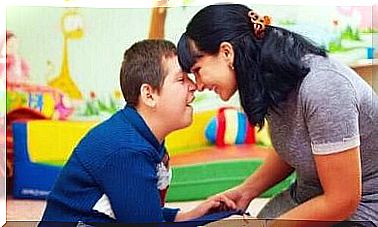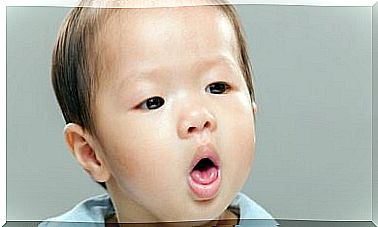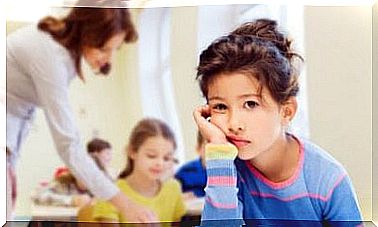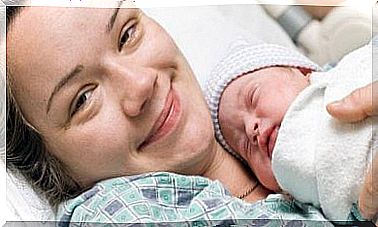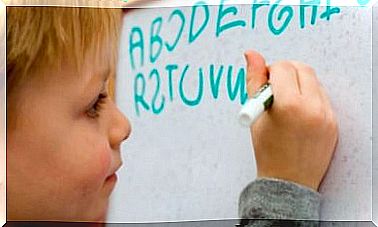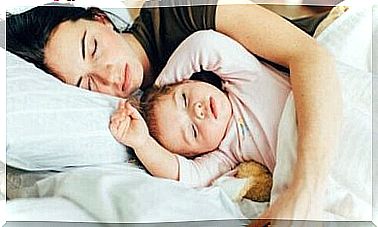What Can Trigger Personality Disorders In Children?
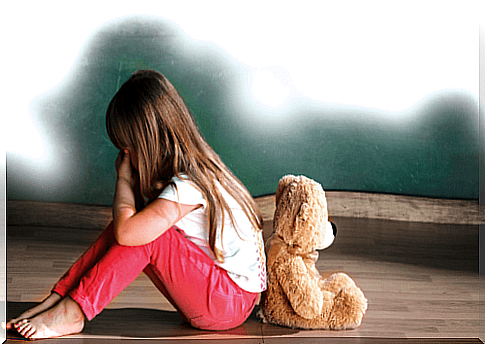
Doctors are not normally able to diagnose personality disorders in children until they are 18 years old. However, when the symptoms are triggered during childhood, they can lead to a personality disorder in adulthood.
When analyzing these symptoms, it is important to consider your child’s developmental stage. It is important to look at where your child should be developmentally and compare it with where it actually is.
During childhood, your relationship and your bond with the child are incredibly important because they affect its proper development. Want to learn more about personality disorders in children? Continue reading.
Personality disorders in children: Attachment and ties
When we talk about bonds and attachment, we refer to children’s need for an emotional connection with their parents or guardians. You should establish this strong bond during the first years of your baby’s life.
How we learn to relate to others depends on our attachment style. It is also important to relate attachment and ties to the stage of children’s emotional development.

Personality disorders in children: Stages of emotional development
There are four important steps in our child’s emotional development:
- Early childhood: From birth to 7 years
- Second childhood: From 7 to 10 years
- Early adolescence: From 10 to 15 years
- Youth: From 15 to 18 years
Your child’s actions depend on the stage of development he is in. In addition, the way he acts will always relate to continuity, dependence and independence.
When your child is in an early stage of childhood, they are completely dependent on their parents or other mainstays in their lives. Their survival depends on them. At this stage, parents play a very important role because they are the child’s source of emotional regulation.
At this stage, our little ones will look to their parents for safety as they explore the world. This means that the parents are there to protect and monitor them from a distance. But if you do too much, you can overdo it with your child.
When children are scared, they need a place to take shelter where they feel protected and calm. If parents can not give their children that security, problems arise. Therefore, it is important to know where your child should be during each stage of development so that you can watch out for any problems that may affect their future.
Personality disorders in children: Broken ties between parents and children
At what point can parents no longer emotionally regulate their children? What are the consequences of that? There are three situations:
1. When you over-protect your children and limit their ability to explore the world. By preventing them from being independent. Instead, tell your child that the world is dangerous, which we call insecure, anxious attachment.
2. After exploration, your child will seek refuge in you. But if you do not know how to help your child regulate their emotions and protect them, this emotional breakdown will lead to your child developing an insecure, avoidant attachment.
3. Some children do not have a safe haven. Unfortunately, these children are victims of abuse, abuse or other types of violence. Our little ones look to us for an emotional bond. But in some families, parents are a threat to their own children. This causes two types of personality disorders in children: Dependent and Defensive at the same time. As a result, the child develops a disorganized attachment.
What happens when these connections are broken?
When these emotional bonds are broken, children and adolescents will experience a high state of anxiety. This is because the child has no control over their relationship with their parents. As a result, they feel the need to use different strategies to help them return to an emotional balance. But these strategies are becoming harmful.
Normally, they try to avoid anything that hurts them. Of course, this is a problem when they are afraid of their parents. In these situations, the connection and defense systems are activated simultaneously. Then children often develop certain personality patterns in an attempt to regain emotional balance. Let’s take a look at them.
Narcissistic personality
This personality disorder in children occurs when children do not develop empathy. As a result, their needs take precedence over those around them. It can start in two ways:
- In a primary way: Parents have given their child too much praise. This can happen because one or both parents also have narcissistic traits. Therefore, they must feel extraordinary through their children.
- Secondary: This happens when children try to compensate for a feeling of inferiority
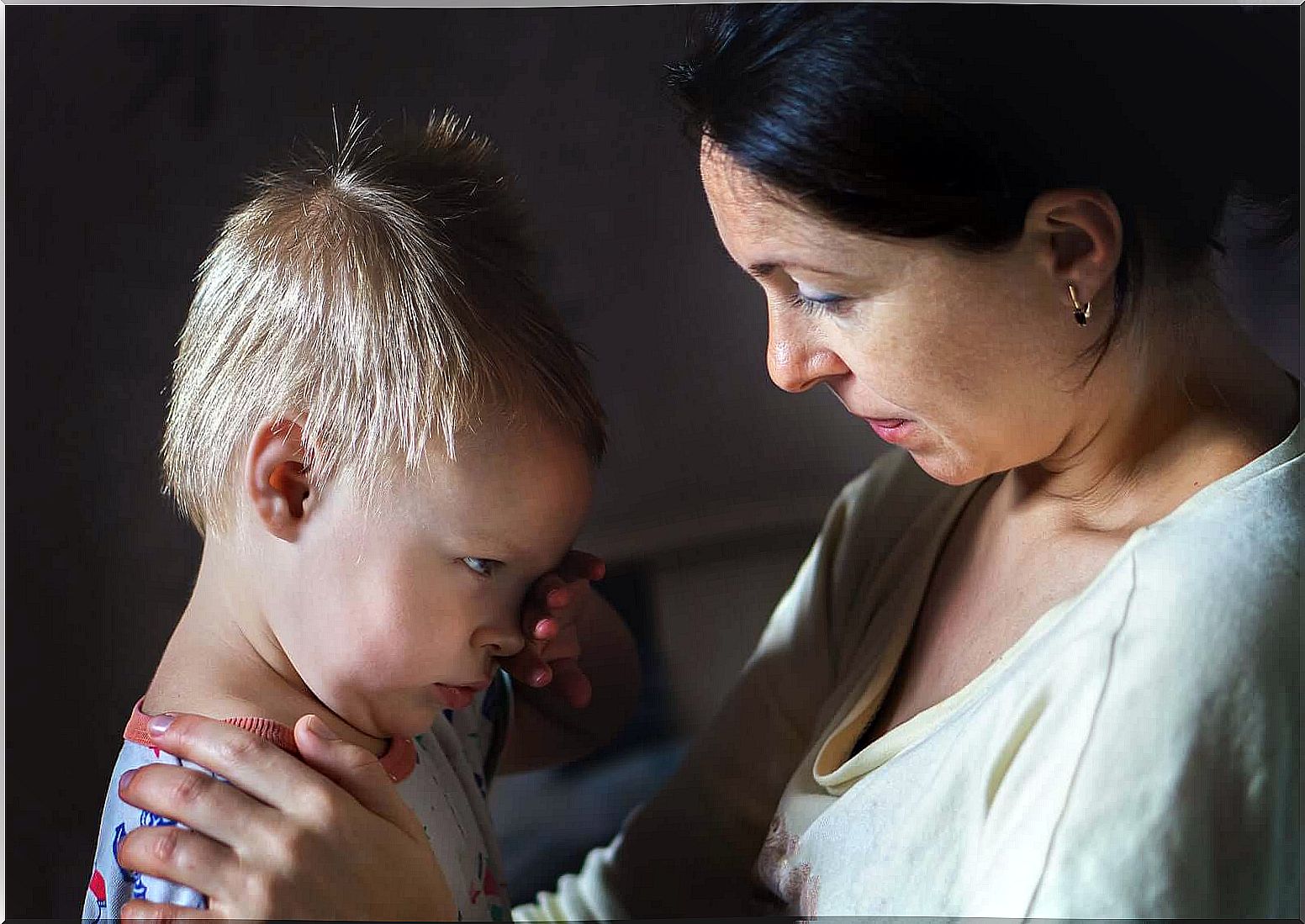
The caregiver’s personality
This personality disorder occurs when children learn that their needs are not important to their parents. Then they carry these feelings in their relationships with other people.
Young children will try to change their behavior to meet the expectations of others. They do this by neglecting themselves. In addition, they will try to satisfy and meet the needs of everyone else.
The child will develop a lot of inner anger, but they do not express it because they are worried that people will reject them. This can lead to anxiety or personality disorder in children.
Perfectionist personality
Children believe that they must do everything well and that they must be perfect. They believe that if they are, everyone will love them and everything will be fine. As a result, they are trying harder and harder to get better, but they are never happy. So they keep trying, but it’s never enough.
This behavior can turn into a constant search for perfection. It becomes part of their personality and can lead to a disorder.
Indolent personality disorders in children
Some little ones have a fear of failure. Therefore, they will avoid all situations where there is a risk of failure. In addition, they will blame others if something does not work and they will usually not make an effort to change the situation. In some cases, this is only part of their development. But if it continues, it could be a sign of a personality disorder.
Conclusion
In short, when it comes to personality disorders in children, it is important for parents to focus on their ties to their children. It is crucial to avoid problems with their emotional development.
In addition, it is important to note that we can not diagnose personality disorders in children until they are 18. This is true even if they show certain behaviors that may signal a disorder. Remember that their personality will develop in the early stages of their development.



